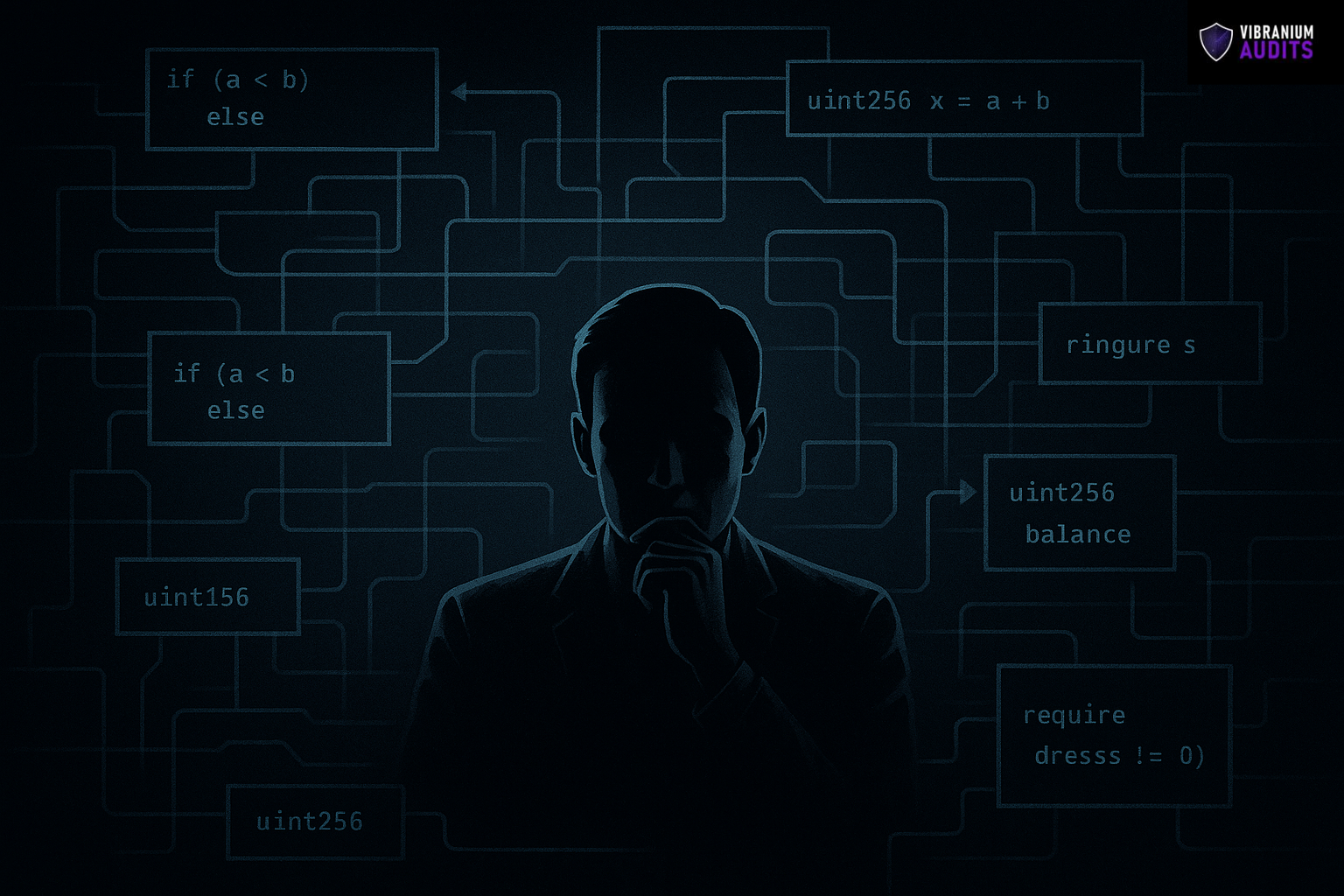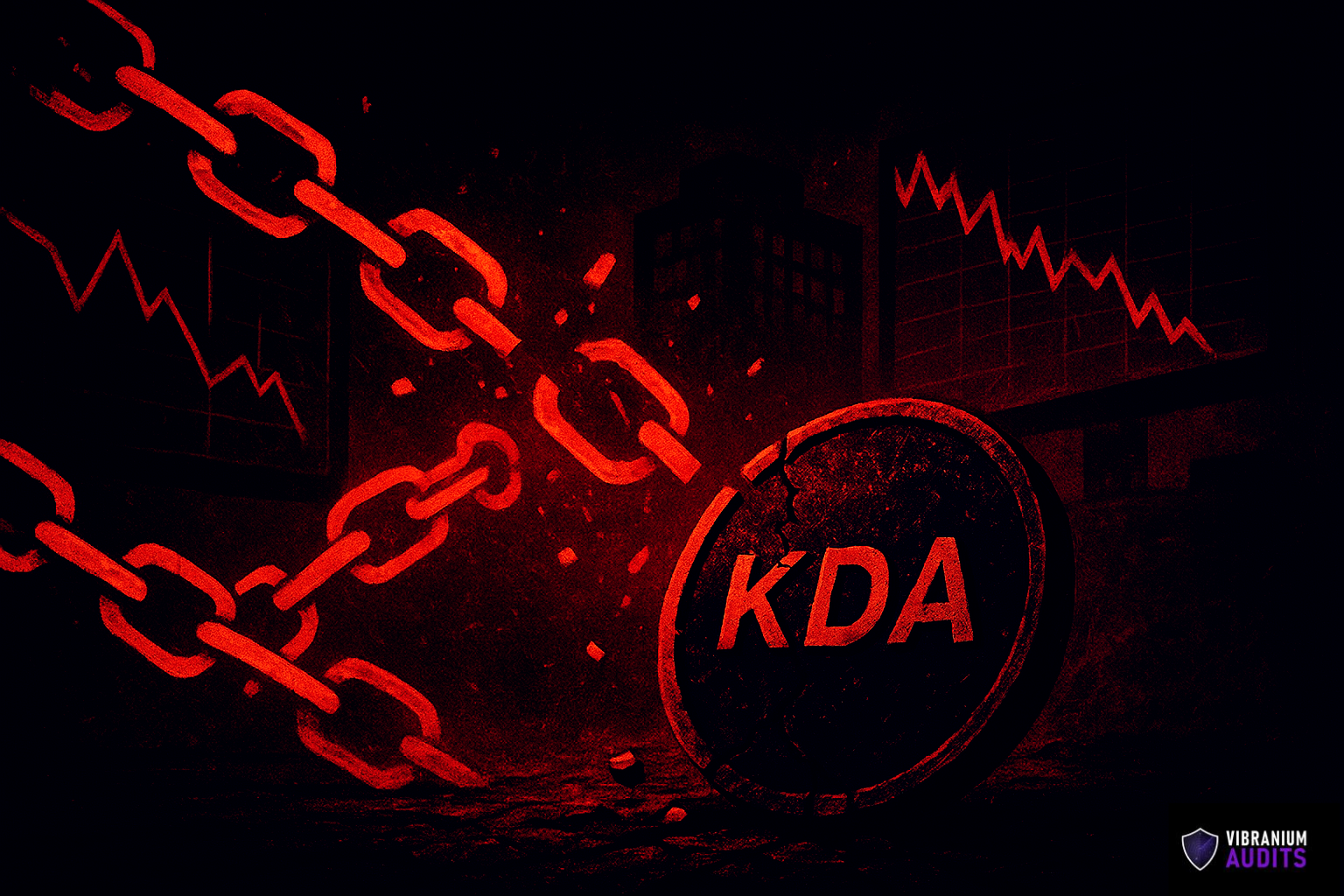Auditing smart contracts is one of the most demanding jobs in blockchain. It requires mathematical precision, adversarial thinking, and system-level intuition. Yet, even top-tier auditors, those capable of spotting rare edge cases, can fall into subtle traps that weaken a report’s impact. Two of the most common are hallucinating issues and stopping too soon after finding a critical bug.
These errors don’t arise from inexperience but from overconfidence, fatigue, or the inherent complexity of decentralized systems.
1: Hallucinating Issues in Complex Codebases
Ironically, the more experienced an auditor becomes, the higher the risk of “hallucinating” potential issues, bugs that look dangerous but never actually occur in execution. In large codebases, it’s easy to misread a suspicious path: a variable not reset, or a conditional branch that seems exploitable under rare inputs.
However, elite auditing isn’t about guessing vulnerabilities, it’s about proving them. Every potential issue must be backed by reproducible evidence, whether through unit tests, symbolic execution, or simulated transactions.
The risk of hallucination is two fold:
1. Time inefficiency – Hours wasted chasing phantom bugs while real threats go unnoticed.
2. Credibility dilution – Reports filled with unverified findings undermine trust and clarity.
As one lead auditor at Vibranium Audits noted:
“The best audits don’t show how much code you reviewed, they show how effectively you proved impact.”
The ability to separate potentially suspicious from demonstrably exploitable distinguishes world-class auditors from overanalyzers.
2: Stopping Too Soon After Finding a Critical Bug
A second, equally costly trap is halting analysis once a major vulnerability surfaces. Suppose an auditor uncovers a severe flaw in a liquidation module’s control flow, it’s tempting to document it and move on. But critical bugs often cluster.
A single broken invariant can cascade through neighboring logic, spawning multiple related exploits. Stopping at the first one risks missing others born from the same flawed assumption.
Effective auditors don’t just report a bug, they reverse-engineer its cause and probe surrounding logic for connected weaknesses. This mindset ensures fixes address root causes, not just surface symptoms.
In short, finding one exploit isn’t the end of the audit, it’s the beginning of understanding a deeper failure pattern.
Final Thoughts
Auditing isn’t about writing the longest report or finding the flashiest vulnerability, it’s about precision, efficiency, and completeness. “Hallucinated” bugs waste time; premature conclusions waste opportunity.










